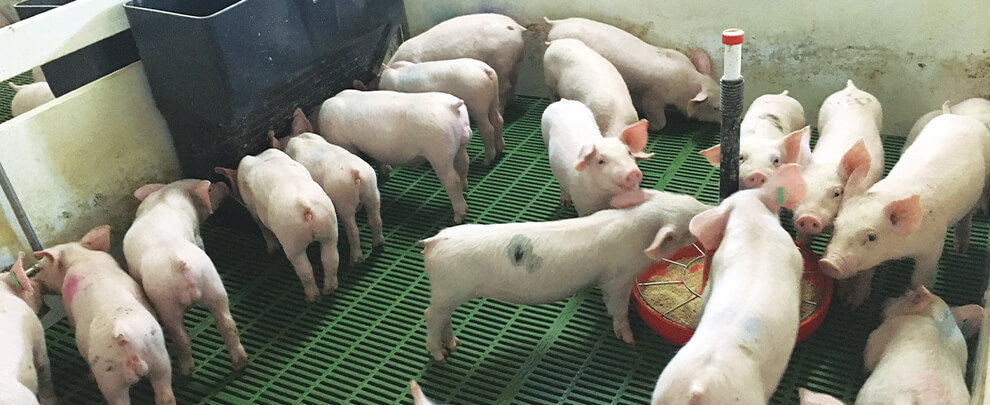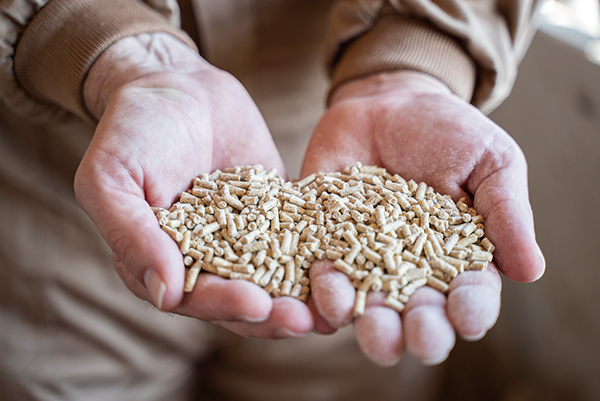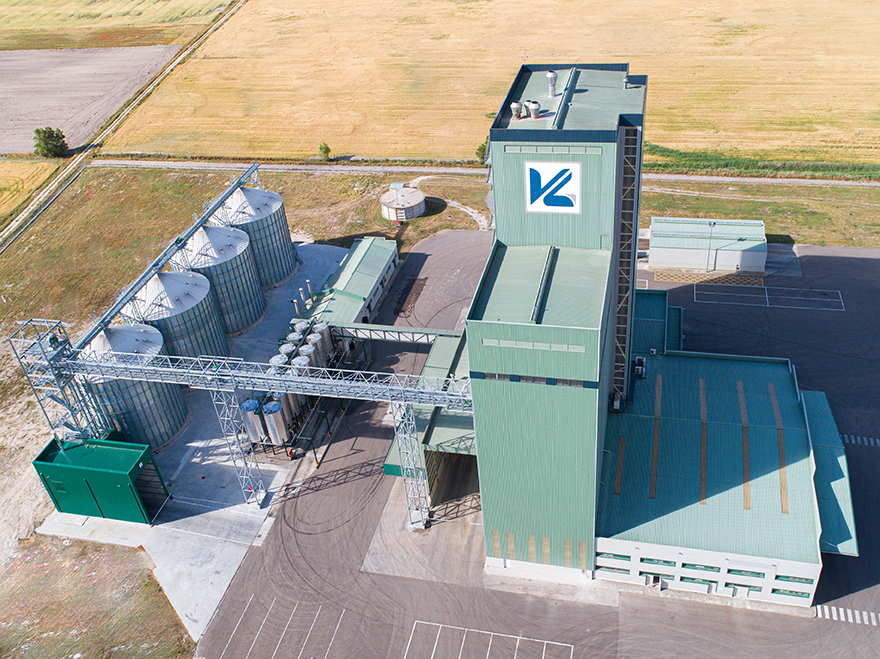Blog
Blog

Causes and effects of rising feed prices
28th June 2022 - News
The increase in raw material prices experienced worldwide has markedly dotted the agricultural and livestock sector. The increase in feed price caused by the escalation of the cost of cereals has been a challenge for pork producers around the world who, at the same time, must face the rise in the price of energy without forgetting the health threats inherent in the activity. To find out how this has been achieved, we spoke with different professionals in our sector, who offer us their point of view regarding this situation and explain what the solutions may be.
Throughout the second half of 2021, the price of raw agricultural materials began an unprecedented escalation. As Lola Herrera, manager of Rogah Global explains, “until February 2022, prices rose due to a series of circumstances related to climatology: the corn crops that were planned in Brazil did not come to an end and production was significantly reduced.” And adds: “In the USA and Canada much of the wheat crop was lost due to drought, and in Europe, especially in Ukraine and Russia, there was also a significant reduction due to drought. To these weather complications, we must add that China bought large quantities of corn and soybeans due to the growth of its pig herd. All this caused that in January the prices were very high.”
Starting in February 2022, prices skyrocketed even further due to the invasion of Ukraine, a country considered to be Europe's barn. “This political conflict has been the straw that broke the camel’s back, has further destabilised the market and has forced many importing agents to seek other supply sources, exposes Sebastià Arnau, purchasing manager of the Vall Companys group. From that moment, Ukrainian exports were paralysed and prices rose significantly, not only for Spain (which imports between 12 and 15 million tons of cereals per year) but for everyone, since Ukraine and Russia export 29 % of wheat worldwide, 20 % of corn and 80 % of sunflower oil. Given these figures, the existence of a problem in that area generates an impact that forces changing market flows and seeking alternatives in other markets. In this sense, Herrera points out that “when the flow changes, there is always a change in prices.

Producing a ton of feed costs around 400 euros. Photo: Vall Companys.
¿HOW HAS THE INCREASE AFFECTED US?
As Arnau explains, “in the last year, producing a ton of feed has become more expensive in about 50%, and currently costs around 400 euros, when a year ago it was very rare and difficult to reach 300 euros ”. Regarding this increase in prices, Arnau assures that “it is important that the different mediators that participate in the consumption and food sector understand that, to make the chain sustainable, everyone will have to bear part of the cost. And he adds: “It is always essential that the impact of production costs on the initial part of the value chain is transferred responsibly to the following links. The Spanish consumer must be aware that Spain is a hyperefficient country at a productive level and therefore, it has the best quality meat at a more reasonable price than other competing markets.” Similarly, Manuel García, President of INTERPORC, insists that consumers should finally be the ones to pay for the effects of this upswing and that a direct connection must be established between the cost of meat production and its sale price in the supermarket, although he deems that "pork is involved in a global market, and its price will depend on many things.
These changes in the feed price have inflation as their main consequence, and not only due to the increase in the cost of raw materials, but also due to the increase in the cost of energy. “To produce meat, around 75% of the cost corresponds to the raw materials used. If the price of energy is now three times higher than in 2020 and that of feed has grown more than 30%, this has to escalate to other parts of the chain”, says Herrera.
Despite all the above, a very important part of Spanish pork production is cohesive and, as García details, “It was precisely this integration model that has allowed the farmer to endure crises like the one we are experiencing, and the integrator to diversify their work, focus on the commercialization of meat, allowing the farmer to professionalise and focus on caring for animals.” And he adds: “In the face of this situation, what we must continue to do is continue to professionalise ourselves in what each one of us can and should. In this sense, it is strictly necessary for farmers to continue working in the most efficient way possible so that production costs are as low as possible, and maintain all biosecurity and animal welfare measures to obtain the maximum performance from animals. In addition, García recalls that “Spain has been a ASF free country for more than 30 years, and we have to be very meticulous with maintaining biosecurity on our farms because there is a very high risk.”

Aerial view of one of the Vall Companys feed factories. Photo: Vall Companys.
FUTURE PERSPECTIVES
That the budding crops end suitably, that the energy market calms down and that the conflict in Ukraine ends to resume shipments from the Black Sea. These are the three factors that Herrera considers necessary for things to go back to the way they were. “The agricultural and livestock market adjust very well to situations, but a crisis like the current one has not yet been experienced globally. The positive aspects are that production is strong in Spain, there is a very powerful industry and, above all, that there is a high demand for the finished product. In this sense, there is the possibility of maintaining it, but the important thing is that the weather is good, that the crops grow and what has caused this rise from February 24 to today is solved, “says Herrera.
García believes that the solution to this problem can be brought on, mainly, by the end of the war: “The difficulty that Ukraine now has in exporting its materials, together with the difficulty of sowing, creates uncertainty for the future that affects us all. Although, at the moment, we are in a slightly calmer period due to the arrival of ships from America with the cereals we need.”
Finally, Arnau, who warns of stabilising the cost of raw materials at high levels, hopes that in the coming months it will be possible to return to more affordable costs while demanding the support of the institutions. “Public institutions need to understand more and better what is being done in the primary sector and the food industry. If our sector was essential to the economy during the hardest moments of the pandemic, they will also understand that it still is nowadays”, he concludes.






